This review of Vibram Fivefingers KSO was originally published in Rapid magazine.
“Hey dude, those are great shoes!” This isn’t a comment often traded by bootie- and sandal-wearing river tribes, but it’s one you’ll start hearing frequently after you’ve wriggled your toes (literally) into a pair of FiveFingers. Designed to allow you to move with barefoot agility, and featuring the sure grip of rubber soles, FiveFingers stretch and strengthen the muscles in your feet and lower legs, improving balance and posture. Playboaters will love how the feather-light, form-fit squeezes into cramped freestyle kayaks while still offering some portage protection. The KSO (Keep Stuff Out) style we tested features a quick-drying, breathable nylon and mesh upper perfect for warm weather paddling. Cold-water boaters should check out the neoprene FiveFingers Flow.
www.vibramfivefingers.com | $85
This article originally appeared in Rapid magazine, Summer/Fall, 2010. Download our free iPad/iPhone/iPod Touch App or Android App or read it here.



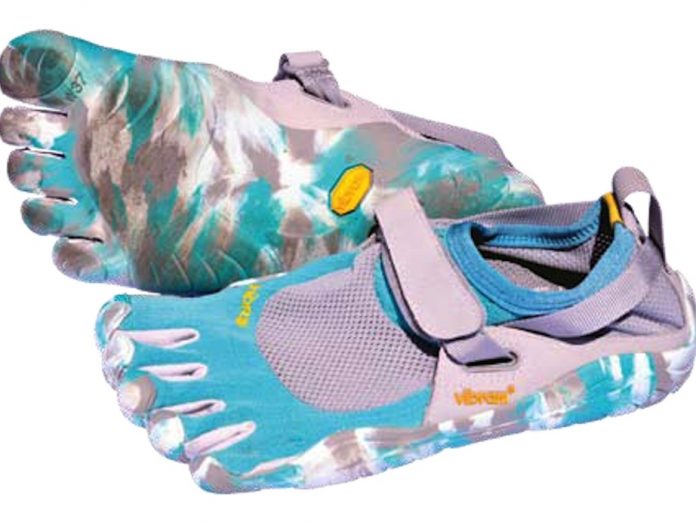
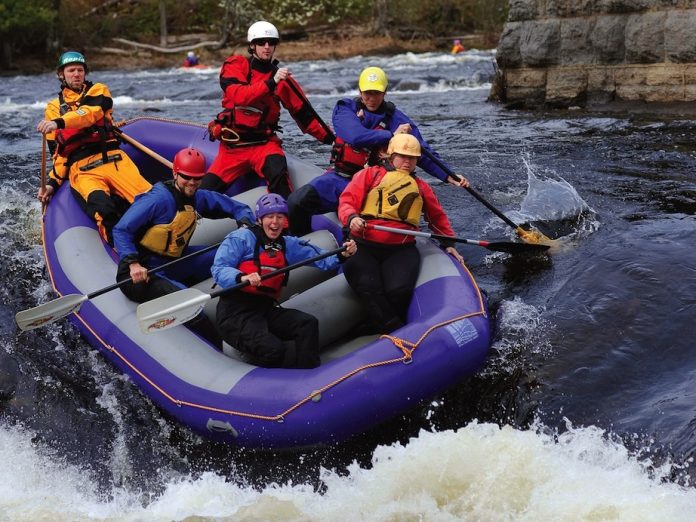
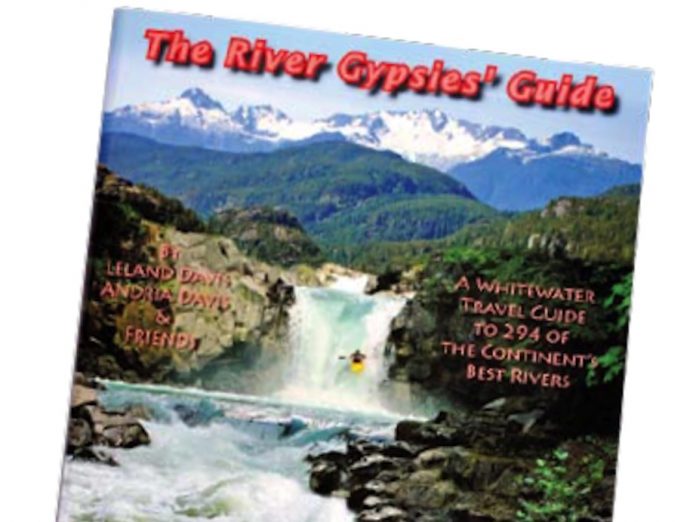
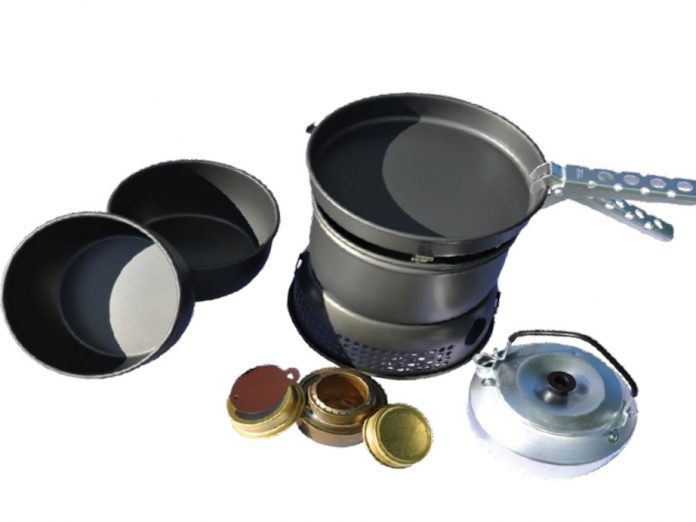
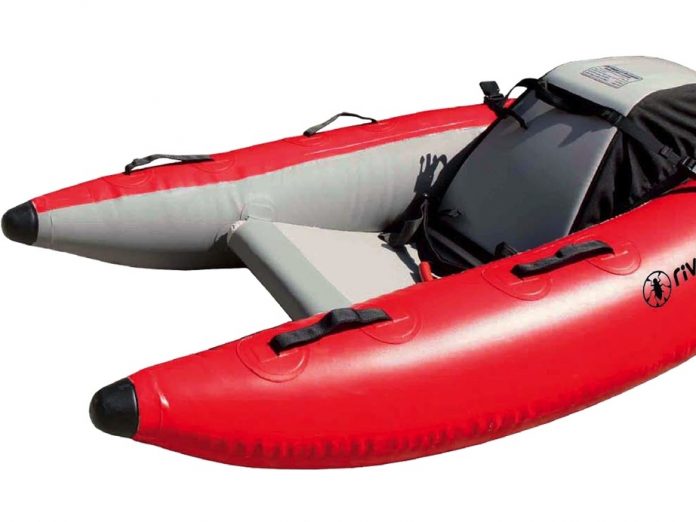
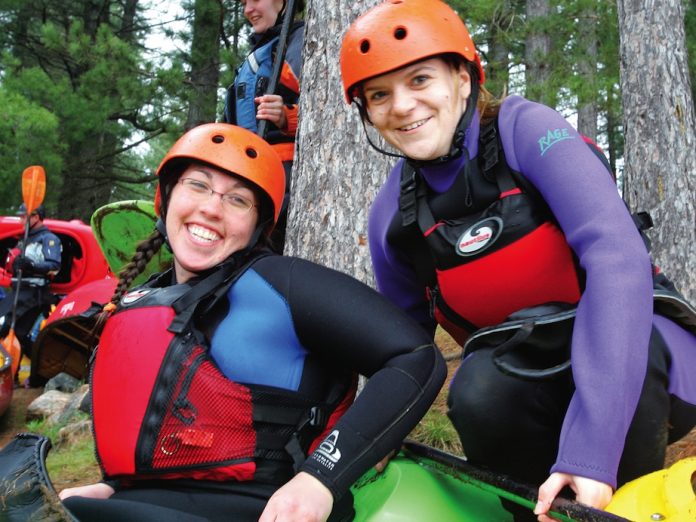
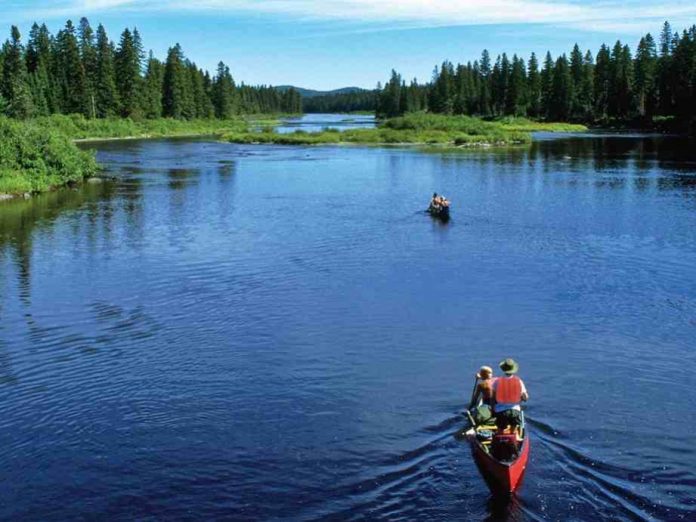
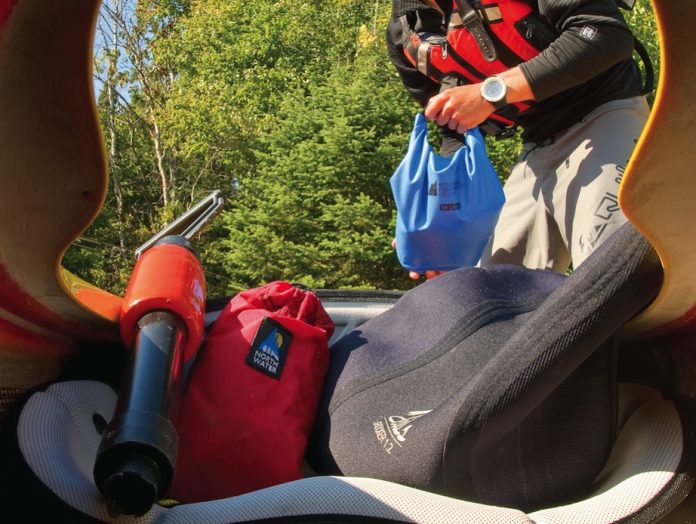
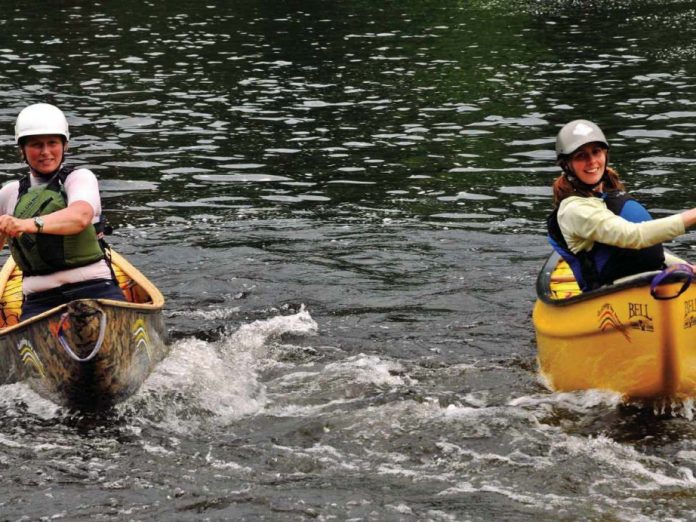
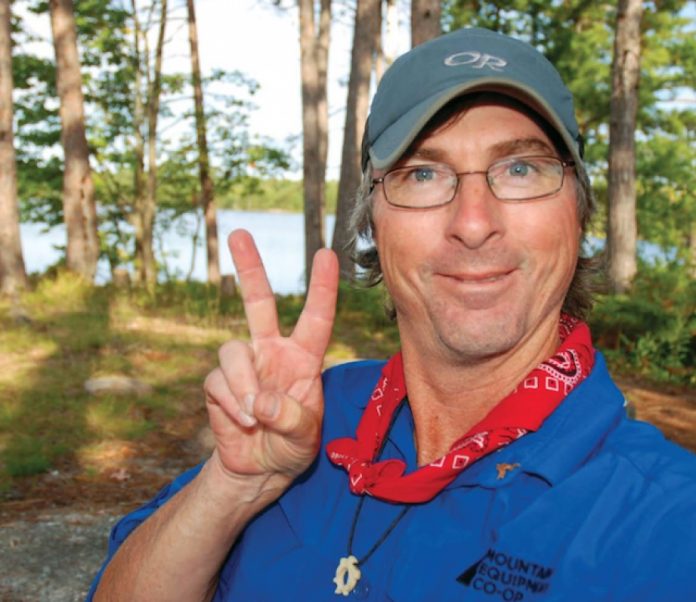
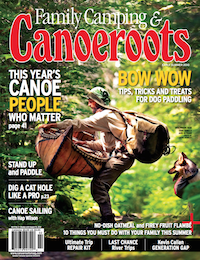 This article first appeared in the Summer 2010 issue of Canoeroots Magazine. For more great content, subscribe to Canoeroots’ print and digital editions
This article first appeared in the Summer 2010 issue of Canoeroots Magazine. For more great content, subscribe to Canoeroots’ print and digital editions 